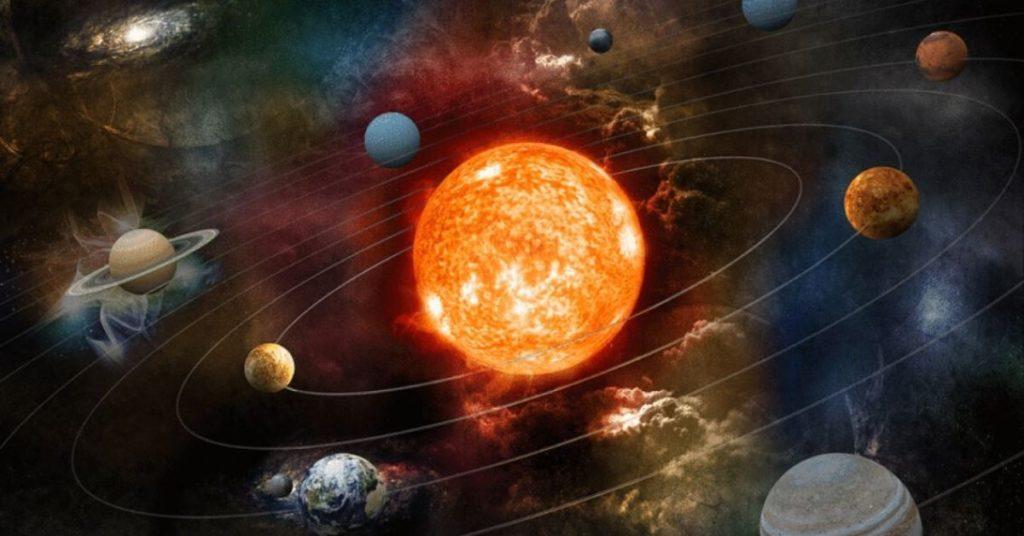Considering that there are over 100 billion stars in the Milky Way, our Sun isn’t all that special. It’s formally classified as a G-type main-sequence star, or a yellow dwarf. From our perspective here on Earth, though, there’s nothing “yellow” or “dwarfish” about the center of our Solar System. To us, it’s a bright white ball that displays warmer hues at sunrise or sunset—one that makes up over 99.8 percent of the Solar System’s mass.
The Sun measures approximately 1.4 million km (864,000 mi) in diameter, making it about 109 times wider than our planet (12,742 km, or 7,918 mi). In fact, it’s theoretically big enough to hold about 1,300,000 squished Earths (or 960,000 spherical Earths). It’s definitely not hollow, though: Hot gases and electrically charged particles called plasma comprise its 1.989 x 10^30 kg of mass. Its surface can reach temperatures of 5,500°C (10,000°F), while its core burns at an astounding 15,5 million°C (27 million°F).
Our Solar System’s central star is a Population I star, meaning it’s relatively abundant in elements heavier than helium. In contrast, an older generation of stars known as Population II have notably little metal content. (It’s possible that an even older generation devoid of metals, Population III, exist as well).
While the Sun may not be unique in the universe (much less in the galaxy), our world literally and figuratively revolves around it. The Sun’s gravity keeps the Solar System together, and its heat and energy make life on Earth possible. Its interactions with our planet also drive our weather phenomena, from ocean currents to the passing of seasons.
Still remember your 5th-grade science classes? Test your knowledge and see if you still remember these facts and fundamental concepts in human anatomy, biology, botany, and other branches of science. Click here to try the “Are You Smarter Than A Pinoy Fifth-Grader” Challenge.
Follow the hashtag #FlipFacts on Facebook and Instagram to get your daily dose of science trivia!
Cover photo: Adventrr/E+/Getty Images
References
- http://coolcosmos.ipac.caltech.edu/ask/5-How-large-is-the-Sun-compared-to-Earth-
- https://solarsystem.nasa.gov/solar-system/sun/overview/
- https://space-facts.com/how-big-is-the-sun-million-earths/
- https://www.nationalgeographic.com/science/space/solar-system/the-sun/
- https://www.space.com/58-the-sun-formation-facts-and-characteristics.html
Author: Mikael Angelo Francisco
Bitten by the science writing bug, Mikael has years of writing and editorial experience under his belt. As the editor-in-chief of FlipScience, Mikael has sworn to help make science more fun and interesting for geeky readers and casual audiences alike.










